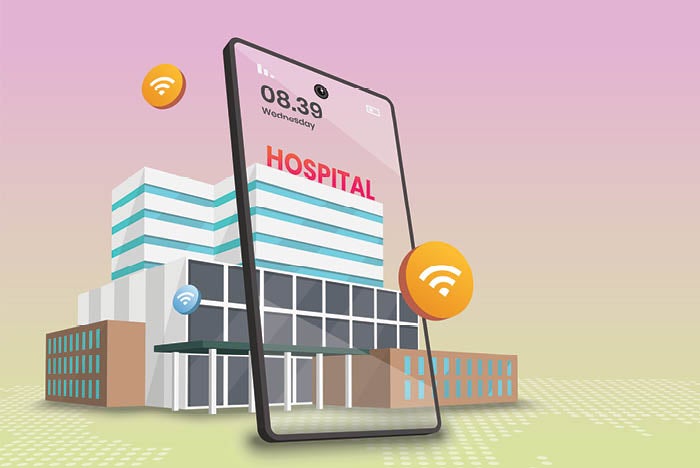Will telehealth impact facilities work?
Telehealth is having a major impact on the delivery of health care. But in the long run, it could also have a major effect on health care facilities, too, by reducing patient traffic.
“I think this would make an interesting conversation for facilities managers, because they’re focused on the nuts and bolts and having their facilities ready for patients and families to come in,” says Debbie Gregory, DNP, R.N., senior clinical consultant with Smith Seckman Reid Inc., an engineering design and facility consulting firm in Nashville, Tenn. “However, I think in the future there’s going to be a digital transformation of health care that will cause patients and families to rethink how they access their health system.”
As patients become more comfortable interacting remotely with caregivers through telehealth, they may opt to visit actual health care facilities less often, Gregory says. This means traffic could drop, changing the requirements for cleaning, security, visitor management and many other facilities functions.
COVID-19 has already reduced traffic to hospitals and, if patients become comfortable with the remote care they’re receiving now, they might continue to stay away.
“Since COVID, people are reluctant to visit the emergency department unless it’s really necessary,” says Louis A. Meilink Jr., FAIA, FACHA, ACHE, senior principal at Ballinger, a health care design firm in Philadelphia. “Will current patient expectations and adoption of more telemedicine continue and therefore necessitate less space in the future? It’s a big unknown.”
Some other telehealth-related technologies — such as wearable health monitoring equipment and smartphone apps that give patients and families real-time updates on when they should enter the hospital — could also reduce traffic to the actual facility.
“I think there are still a lot of rebound implications to telehealth that maybe we don’t know about yet,” Gregory says.





